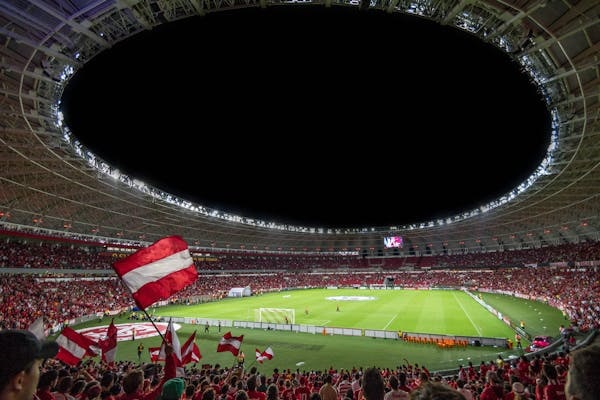The EU's latest changes to its anti-money laundering regulation see professional football clubs for the first time coming under the directive's remit.
The revisions to the Anti-Money Laundering Directive 5 were adopted by the European Parliament on 24 April 2024 and next go through the process of formal adoption by the EU Council of Ministers.
In a briefing note, global law firm Freshfields Bruckhaus Deringer highlighted how the top 10 clubs based in the EU (without the English Premier League) had an aggregated turnover of more than €4.5bn.
Over the same period, the accumulated turnover of the EU’s top leagues in France, Germany, Italy, and Spain amounted to a staggering € 10.9bn.
"Given these figures, it is no surprise that the EU seeks to extend its anti-money laundering (AML) and countering terrorism financing (CTF) framework to include ‘professional football clubs’ and ‘football agents’."
The law firm further added some background and context, citing how "football is one of the most commercialised and globalised sports worldwide. Its unparalleled success roots in an enormous number of close to 130.000 professional players across the globe and even (much) higher numbers in viewers. 1.5 billion people worldwide tuned in for the final match of the 2022 FIFA World Cup.
"These sheer numbers fuel large investments and attract huge sums of money into a sport that so far does not have any binding AML-regulation at the European level (as do sports in general). Moreover, the often cross-border nature of money transfers in professional football is said to facilitate illegal money laundering activity especially due to the lack of integrated national and international control mechanisms.
"Against this background, a 2019 report from the European Commission found that 'professional football’s complex organisation and lack of transparency have created fertile ground for the use of illegal resources. Questionable sums of money with no apparent or explicable financial return or gain are being invested in the sport.' It points to football as an “obvious candidate” for money laundering. Apart from the economic aspects, the European Commission also found that the social prestige and celebrity culture that come with association to clubs and players would also attract criminal investments."
"While it is naturally hard to estimate the true amounts of money laundered through sports every year, the United Nations Office on Drugs and Crime gave an estimate of an annual range up to €125bn. With respect to football in particular, legislators and regulators seem to focus on the significant sums paid for the purchase or sales of football clubs, player transfers and ownership, consulting services as well as sponsorships and advertisements, as well as illegal practices such as 'match-fixing'."
The European AML framework currently is based on a Directive (Anti-Money Laundering Directive 5, AMLD 5), which was transposed by the Member States into national law. Different national implementations and administrative practices have resulted in a heterogenous AML landscape. Almost three years ago, the European Commission published an action plan on the prevention of money laundering consisting of an EU single rulebook via a new AMLR and the creation of a new AML/CFT supervisory authority at EU level (AMLA).
Professional football has so far not been expressly addressed by the European AML framework. While money laundering is a criminal offence in all Member States, the AMLD 5 did not extend its scope to the football industry (or sports in general).
There have, however, been initiatives in Member States to impose stricter AML requirements on EU football clubs (see for example the already existing AML framework in Belgium or recent press reports from the German Federal State of Bremen).










